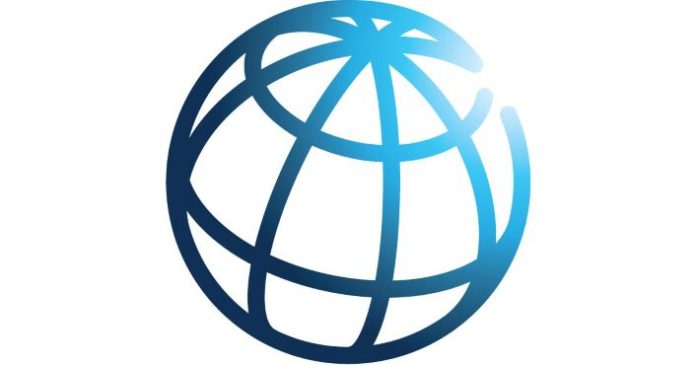Tourism emerged at the forefront of the global agenda after the devastating impact of the COVID-19 pandemic. Destinations worldwide have faced the challenges of reopening borders to resume travel and commerce while protecting their citizen’s health. Hence, it becomes necessary for destinations to understand how destinations’ long-term business models can be reframed to support resilience, environment, economy, and communities in the near future. Moreover, it has also been felt that how partnerships and collaborations will benefit both resilience and sustainable tourism development.
To discuss how global institutions are coming stronger to support more resilience for destinations and understand the challenges and projections, Pacific Asia Travel Association (PATA) recently introduced the Resilience Forum, 2022 and organized the webinar ‘How to Make Your Tourism Destination Resilient’. The first session discussed the initiatives of the global institutions such as World Economic Forum, World Bank and Asian Development Bank amongst others.
Talking about the shift in strategy, Lauren Uppink Calderwood, Head of Aviation, Travel & Tourism Industries, World Economic Forum, mentioned that Travel & Tourism Development Index (TTDI) is the evolution of the Travel & Tourism Competitiveness Index (TTCI) and revealed that the transition is occurring with a focus on the sector’s interconnection with broader economic and social development. There is a need for greater stakeholder collaboration and holistic/integrated development strategies, she added.
The shift of TTCI to TTDI provides a new framework that implies changes and multiple reviews made in the set of indicators with the introduction of new sub-index under Travel and Tourism Sustainability such as Socio-economic resilience and conditions; travel and tourism demand pressure and impact; also, another sub-index non-leisure resources under the indicator travel and tourism demand drivers (natural & cultural resources), Calderwood informed.
Talking about the new projections of the World Bank in achieving resilience, Jessie F. McComb, Senior Private Sector Development Specialist – Tourism, World Bank, said: “World Bank engagements are governed by our twin goals such as ending extreme poverty and promoting shared prosperity. Our motive is to finance public projects and support development through policy advice, research and analysis, and technical assistance.”
She further added that the World Bank’s support for tourism has increased since 2019, with over $1.8 billion worth of financing for tourism-related projects. Since the pandemic, they have witnessed a huge increase in demands for developmental projects, and the value of developmental projects has doubled. She revealed, “Much of the growth in terms of demand came from the African region and east-Asia Pacific region.”
Kathleen Jovellanos, Capacity Development Specialist, Cities Development Initiative for Asia (CDIA), mentioned that CDIA could work closely with 127 secondary cities in Asia and Pacific and 22 countries to develop project preparation studies (PPS) and link these to implementation financing. “We are with a moto to help secondary cities in Asia and the Pacific develop sustainable urban infrastructure projects.
We want to make sure that the projects are ‘bankable’ and enhance city capacity and city access to finance,” Jovellanos said adding that a big chunk of the developmental projects are coming from the Wastewater Management segment, but we have been getting a good number of applications in the transport sector as well.
“The current projects that we are implementing include Georgia Tbilisi Metro Upgrade and Refurbishment Plan; Uzbekistan Integrated Urban Development Project; Cambodia Climate Vulnerability and Adaptation Assessment in Battambang, Kampot Kratie and Chhlong,” Jovellanos informed.
Mentioning the developmental works of Asian Development Bank (ADB) towards resilience, Steven Schipani, Principal Tourism Industry Specialist – ADB, said that they have ADB strategy 2030 to achieve prosperity, inclusive resilient, and sustainable tourism in Asia and the Pacific with sustainable efforts to eradicate extreme poverty. “Our overall portfolio is approx. US $118 billion with complementary support for knowledge and partnerships, and new commitments totaled $22.8 billion in 2021. Roughly, 25% of our overall landing is in the Southeast Asia, where our largest client is India, followed by the Republic of China, Bangladesh, Pakistan Philippines, and Vietnam. The portfolios are close to $1 billion for most of the countries in Southeast Asia,” Schipani revealed.
He further added: “We are exploring increasing our private sector financing for tourism in frontier markets. Our Tourism operations 2010-2021, we have 142 tourism-related projects with 36 active, total financing has been around $5 billion, and worked in more than 40 countries. We have about a $100 billion climate ambition by 2020, some of our operational priorities are to mitigate climatic change, have more projects that are climate and disaster resilient as well as strengthen environmental sustainability.”
Kuhelika Roy Chowdhury






